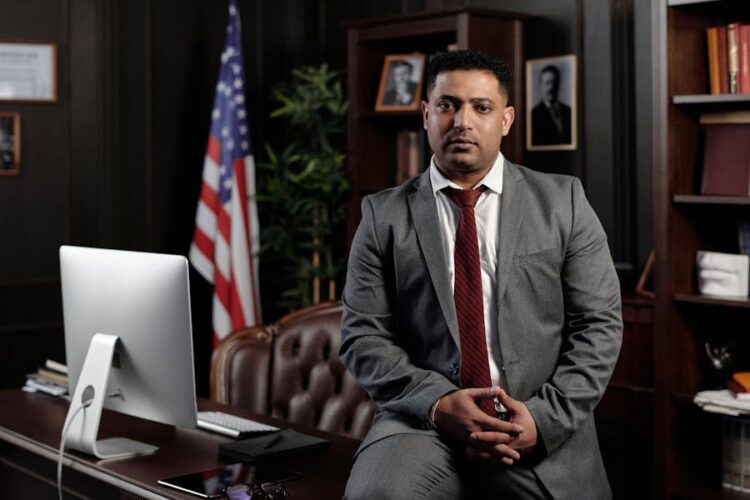Personal injury cases arise when someone is injured due to the negligence or wrongdoing of another party. While there are nearly 40 million personal injury cases requiring some type of medical treatment in the US each year, some of these cases never make it to trial or result in a settlement for the plaintiff. Here are some of the most common reasons why personal injury claims fail.
Weak Evidence of Liability
A core component of a personal injury case is being able to prove liability – that the defendant’s actions or inaction directly caused the plaintiff’s injuries. The evidence must clearly show that the defendant is at fault. If the plaintiff cannot produce solid evidence of liability, the case will likely be dismissed.
Contributory Negligence
Even if the plaintiff can show the defendant acted negligently, the case can still fail if the plaintiff is found to share some fault. For instance, some of the 2.3 million people injured in auto accidents in 2020 may have contributed to the crash by texting while driving. If a plaintiff’s negligence contributed to the incident by even 1%, many states will bar them from recovering damages.
Missing the Statute of Limitations
Every personal injury case must be filed within a certain time limit, known as the statute of limitations. This window ranges from 1 to 6 years depending on the state and type of claim. Plaintiffs who fail to take legal action within the mandated timeframe forfeit their right to recover compensation.
Insufficient Damages
It takes significant time and resources to take a personal injury case to trial. According to the Bureau of Justice Statistics, only about 3 to 4 percent of personal injury cases actually go to trial. Most attorneys will not accept a case unless there are serious damages that warrant the effort. Minor injuries that fully resolve are unlikely to result in adequate compensation.
Failure to Prove Medical Negligence
Medical malpractice cases require proving a healthcare provider breached the standard of care when treating the patient. Given the complexity of medicine, this is an extremely high bar to meet. A 2020 report found that only 19% of plaintiffs succeeded in receiving compensation, which shows just how difficult it can be to prove such a case. Without solid evidence of substandard care, a medical malpractice case will fail.
Uncooperative Plaintiff
To build a strong personal injury case, the personal injury attorney needs full cooperation from the plaintiff. Failing to provide documents, authorizations, and timely information can irreparably harm the case. Plaintiffs who are unresponsive to their attorney’s requests or miss appointments and court dates often have their cases dismissed.
Lack of Resources
Litigating a personal injury case requires substantial financial resources for expert witnesses, case investigation, legal fees, and more. Plaintiffs who lack the means to front these costs and attorneys unwilling to work on contingency may be forced to abandon an otherwise valid claim.
While millions suffer personal injuries each year, most of these incidents do not result in successful legal action. Faulty evidence, contributory negligence, missed deadlines, insufficient damages, and lack of resources are just some of the reasons legitimate personal injury cases can fail. Understanding these challenges can help plaintiffs build strong cases and avoid pitfalls. With thorough evidence and an experienced attorney, injured victims may still recover much-needed compensation through a personal injury claim.










